Did you know that the coral reefs of Southeast Asia account for a third of the world total? Spanning an area of 100,000 km2, these reefs are rich in biodiversity and provide critical services to coastal communities, including fisheries, tourism, and coastal protection.
While reef health and resilience are often measured by metrics such as the amount of coral on a reef or the number of different species, the quality of the coral skeleton itself is also a critical part of the services reefs provide. In Singapore, we found that some coral skeletons deformed and fractured more easily than their counterparts from other reefs, which may make them more vulnerable to climate change.
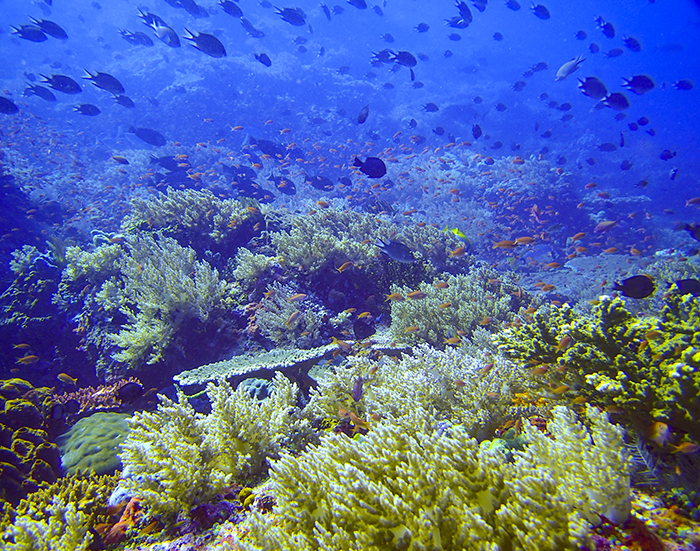
As corals grow, they deposit calcium carbonate crystals underneath their tissue, building their skeleton upwards and outwards over time. Some corals grow fast, at rates of ~10 centimetres (cm) per year, while others grow more slowly, at rates of ~1 cm per year. Some corals can keep growing for hundreds of years, reaching massive sizes. Over time, as corals grow and die, they build large calcium carbonate structures, forming reefs.
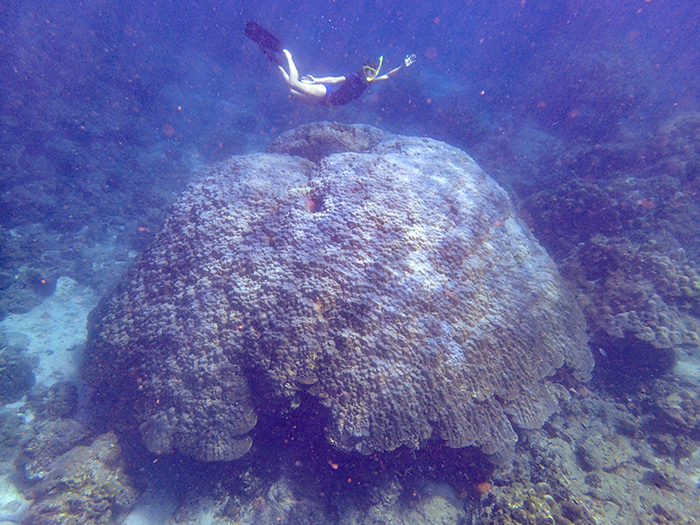
Many coral reefs are threatened by local and global changes in their environment. Climate change is increasing water temperatures on reefs and urbanisation can increase nutrient and sediment levels in the water. These stressors can reduce coral diversity and reef habitat. In Singapore, sedimentation and land reclamation have significantly reduced coral habitat1. Global mass bleaching events have also affected our corals, resulting in coral mortality2.
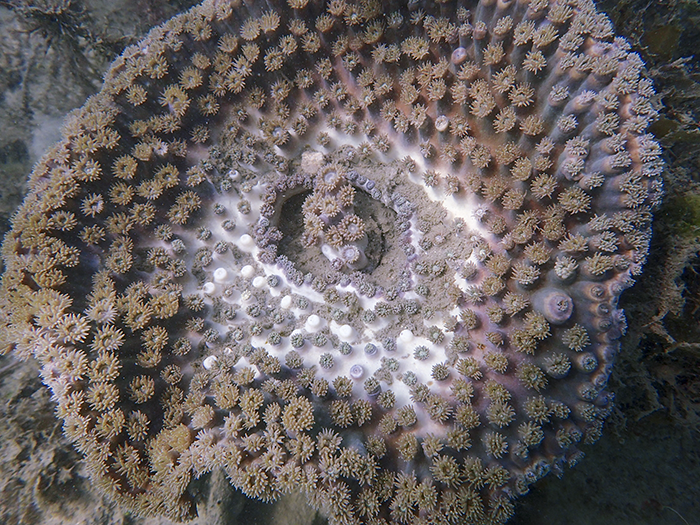
Despite these stressors, reefs in Singapore are considered to be relatively resilient, in part because they have survived past bleaching events and persist in our “murky” waters. But are Singapore corals really building high-quality reef structure?
In a recent study published in Coral Reefs, my collaborators and I answered this question by studying the material properties of massive Porites coral skeletons across different reef environments. We first measured the hardness and stiffness of coral skeletons from Singapore, Thailand, and Taiwan using a technique called nanoindentation. This involves pushing the coral with a very small, sharp, and hard tip made of diamond which allows us to see how the skeleton deforms, and sometimes even cracks, under pressure.
As coral skeletons are mainly made of one type of mineral (aragonite), we did not expect to find a lot of variability in the hardness or stiffness of the skeleton. To our surprise, the range in material properties of the skeletons was very large. We also noticed a lot of cracking (i.e., material failure) when making the measurements, particularly in the Singapore coral cores. We wanted to understand more about these skeletons and why some corals deform and fail more easily than others.
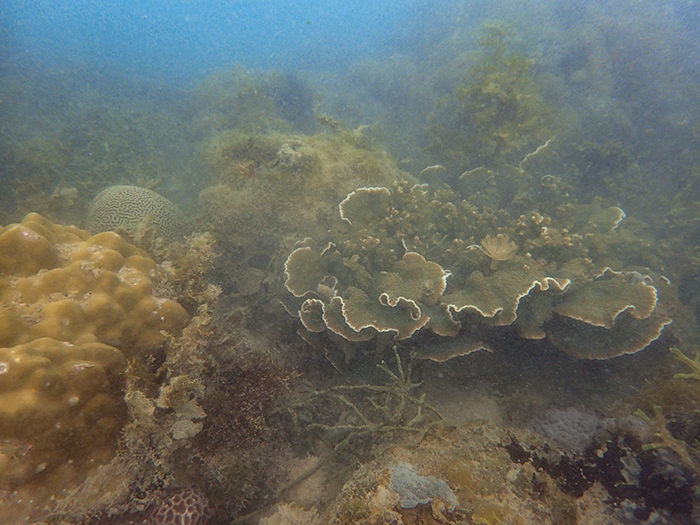
Next, we looked at the chemical composition of coral skeletons. Overall, we found that tiny differences in the amount of organic material – the part of the skeleton not composed of mineral – may be key to the skeleton’s damage tolerance. Skeletons from environments with higher river runoff and sedimentation had higher amounts of organic material. They also had reduced stiffness and hardness, making them easier to deform. The Singapore corals studied had weaker mechanical properties and had more cracks than any other samples studied. These fragile corals will be more suspectable to damage by predatory organisms, such as urchins and parrotfish, as well as boring organisms, such as worms and algae, which erode the skeleton to make their home.
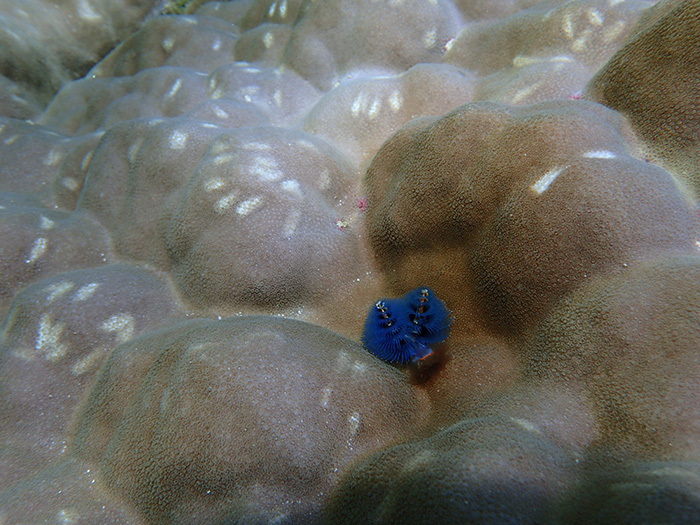
As we think about how to protect reefs in Singapore and throughout the region, we need to consider that both coral health and the quality of their skeletons are essential for preserving these ecosystems and the services they provide. Going forward, studying how these properties vary in different coral species and reef environments may be key to improving the health and resilience of our reefs.
This work was supported by the Earth Observatory of Singapore, the Asian School of the Environment, the National Research Foundation, and the Marine Science Research and Development Programme.